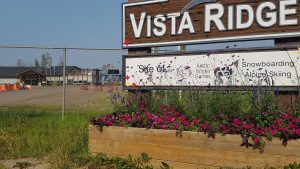 Based on many discussions over the past year with Kevin Grogan, I knew a visit to Vista Ridge was going to uncover all kinds of great ideas and innovative thinking. And it was not to disappoint. Timing meant I was going to miss familiar CWSAA faces Richard Roy and Kevin Grogan as they were away on staff recruiting missions. But this served as an ideal opportunity to spend time with Dan Wilson, and see Vista through his eyes. Dan is a Selkirk College SROAM grad and has had an amazing opportunity to learn and get involved with many diverse projects as part of the Vista team.
Based on many discussions over the past year with Kevin Grogan, I knew a visit to Vista Ridge was going to uncover all kinds of great ideas and innovative thinking. And it was not to disappoint. Timing meant I was going to miss familiar CWSAA faces Richard Roy and Kevin Grogan as they were away on staff recruiting missions. But this served as an ideal opportunity to spend time with Dan Wilson, and see Vista through his eyes. Dan is a Selkirk College SROAM grad and has had an amazing opportunity to learn and get involved with many diverse projects as part of the Vista team.
One arrives at Vista at the ‘top,’ as the slopes fall away into the river valley. The diversity of the experience is immediately apparent. Aerial ropes park, pump track, mini golf are all attractions that greet the visitor. It is part of a vision endorsed in 2014 to be an outdoor adventure family play centre for to community.
 The aerial park was built by WildPlay, and now taken over fully by Vista Ridge. Rather than natural trees, the park utilised self standing structures and allows guests to progress through 3 different height levels. Competency must be established before guides allow guests to advance to the next level. Station supervision is used by the guides.
The aerial park was built by WildPlay, and now taken over fully by Vista Ridge. Rather than natural trees, the park utilised self standing structures and allows guests to progress through 3 different height levels. Competency must be established before guides allow guests to advance to the next level. Station supervision is used by the guides.
There is also a semi permanent concrete pump track comprised of detachable parts which eliminated the need to construct the features on site and gives the operator flexibility of location.
Vista has used a fabric membrane covered building to create a covered ice surface. This removes the expense of refrigeration in winter, and snow removal. In the summer it becomes a mini golf course and adds valuable summer storage space for snowguns and other equipment.

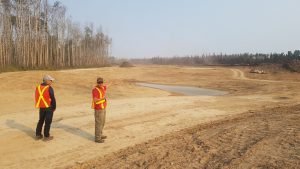 Vista is about to complete a 12 hole golf course. Yes, 12. Holes range from a 100 yard par 3 to a 400+ yard par 4/5. Grass bunkers, 8 inch cups, and a limited flight balls driving range/ reservoir that collects the balls automatically and doubles with a link to the snowmaking system. These are all advances that reduce the operational costs of the golf course, allows pricing to attract beginner golfers, and also provide a high reward experience that fits into a modern persons time schedule. Building on muskeg provided a unique challenge and opportunity. The muskeg soil is stripped, piled, and dried. It is then mixed with other local soil and then used as the top dressing for the fairways…again a cost saving compared to importing fertile soils.
Vista is about to complete a 12 hole golf course. Yes, 12. Holes range from a 100 yard par 3 to a 400+ yard par 4/5. Grass bunkers, 8 inch cups, and a limited flight balls driving range/ reservoir that collects the balls automatically and doubles with a link to the snowmaking system. These are all advances that reduce the operational costs of the golf course, allows pricing to attract beginner golfers, and also provide a high reward experience that fits into a modern persons time schedule. Building on muskeg provided a unique challenge and opportunity. The muskeg soil is stripped, piled, and dried. It is then mixed with other local soil and then used as the top dressing for the fairways…again a cost saving compared to importing fertile soils.

And oh, yes, the skiing. 2 quads and 5 conveyors comprise the lift system. The Bison (red) Chair and Wilson (blue) Chair have 8 and 7 towers respectively. The conveyors are used for more than just beginner lifts. One, for example, is located at the bottom of the mountain to service terrain park features…this helps the ski area manage traffic control volumes. It part of a strategy to stage terrain features around the mountain rather than concentrate them in one area. Another good idea has been to build a single mound for beginner terrain and utilise 3 sides of the mound for beginner terrain each with its own conveyor…it allows for high capacity utilisation of the terrain.
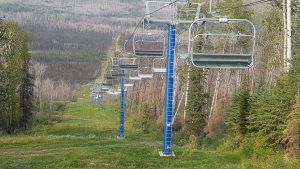
To use the best terrain, Vista’s tube park is located midway down its slopes. A conveyor is used to cycle on the tubing lanes, however it also requires a snowcat shuttle to move tubers part way down the slope to the lanes. The shuttle ride is promoted as part of the experience, or a dedicated path is used for those that choose to walk.

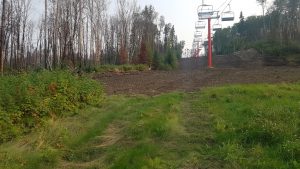 Vista shared its inspiring story at CWSAA meetings of its rebuild following the 2016 wildfires. One of the lingering impacts is the soil instability on some slopes due to the loss of vegetation and root structure. For this reason, the crew has had to do some earth work on specific areas of the ski area.
Vista shared its inspiring story at CWSAA meetings of its rebuild following the 2016 wildfires. One of the lingering impacts is the soil instability on some slopes due to the loss of vegetation and root structure. For this reason, the crew has had to do some earth work on specific areas of the ski area.
Vista is located on the edge of Fort McMurray. There are 14 staff cabins that sleep 2 to 4 people. This helps create a tight sense of comraderie in the Vista team.


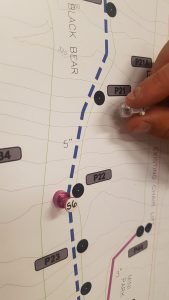
Great idea!
Snowmakers magnetic snowmaking board.
The magnets are used to track and plan where the mobile guns are positioned.
